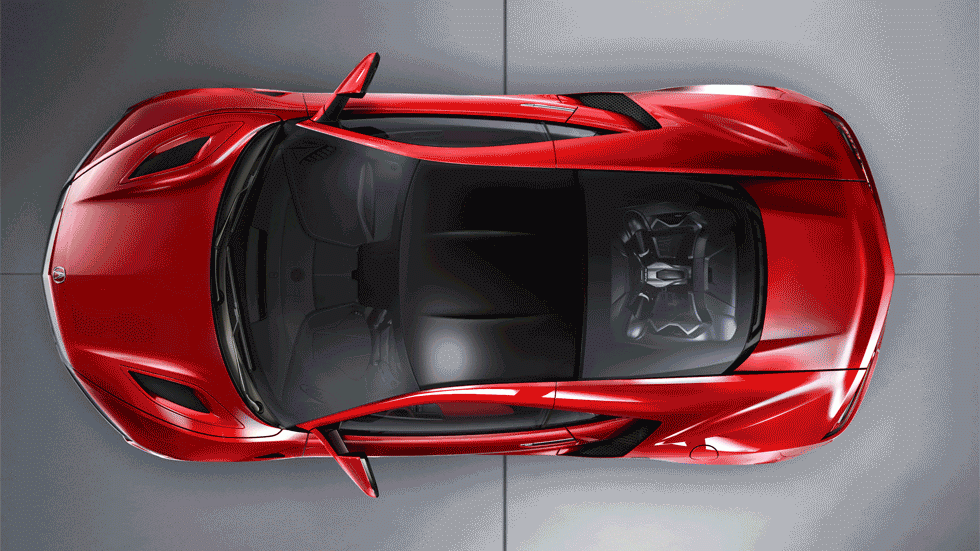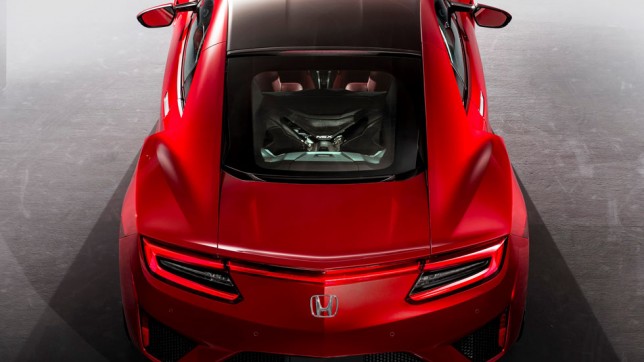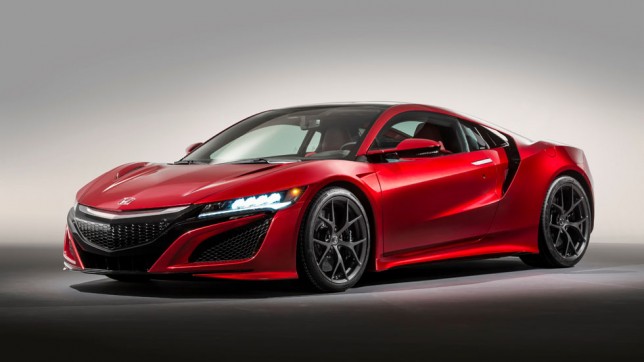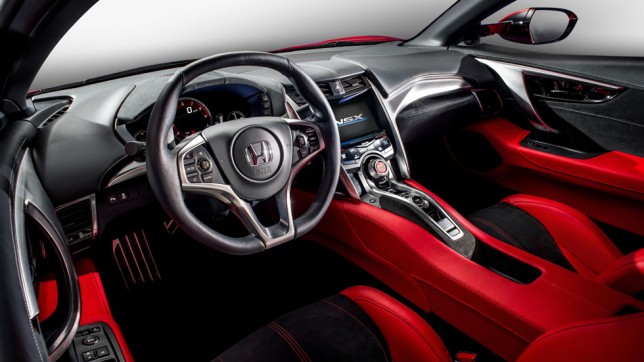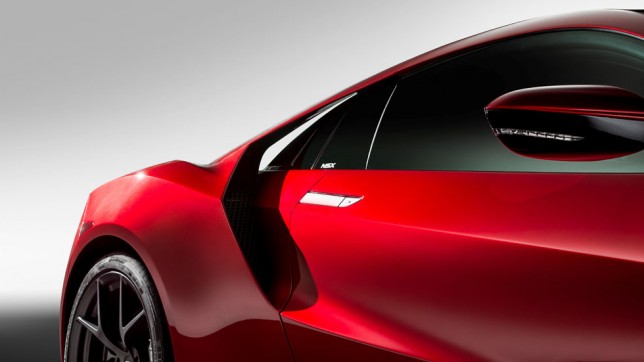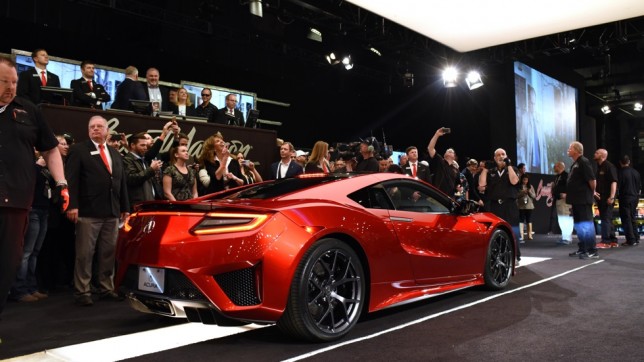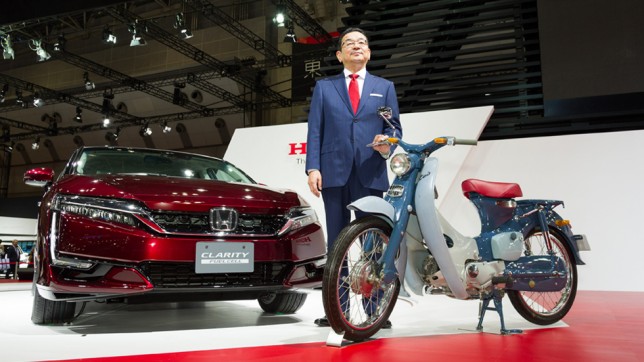by Jesse Crosse
With an advanced aluminium body and mid-mounted 3.0L V6 VTEC engine, the Honda NSX took the world by storm when it was introduced in 1990. Add to those basic ingredients development input by F1 legend, Ayrton Senna and the NSX was bound to be a winner.
Its technical supremacy puts more expensive supercars to shame and it has remained an icon to this day. Now the NSX is being reborn, more technically advanced with an all-wheel drive hybrid system that combines impeccable environmental credentials with stunning agility and performance.
The body structure is constructed using aluminium alloy, carbon fibre and some new materials too. Like its predecessor, the new car is set to rewrite the technical rule book for supercars with some innovative features appearing for the first time ever.
Unique multi-material body structure
Low weight is important for agility and low fuel consumption while stiffness promotes great handling and the NSX body structure has both. A spaceframe constructed of aluminium alloy, steel and other advanced materials is attached to a carbon fibre floor to create a super-rigid structure. A new casting method is used to produce components that are both lighter and more durable than before.
Main hybrid drive system
At the heart of the NSX’s Sport Hybrid Super-Handling All-Wheel Drive system (SH-AWD) is a twin-turbocharged, 75 degree, direct injection, DOHC V6 engine with race-style, dry sump lubrication, driving through a fast-shifting nine-speed, dual-clutch transmission. An electric motor is housed between the two, improving economy and performance. Total power output including the 2 Electric Motor Drive Unit is in excess of 550PS. Electricity is stored in a central lithium-ion battery.
2 Electric Motor Drive Unit
On the front axle the 2 Electric Motor Drive Unit supplies torque to the front wheels individually. Each motor drives through an epicyclic gear set enabling minute control of drive torque to each wheel. It also allows torque from the wheels to drive the motors in generator mode when the car slows, harvesting kinetic energy.
Torque vectoring enhances agility
Torque vectoring can be applied by the front motors, applying drive torque to the outside front wheel during cornering, while the inside wheel is slowed. As a result, the NSX clings tightly to the inside of a bend, while the nearside motor harvests kinetic energy. Agile Handling Assist (AHA) subtly applies individual brakes to further enhance the effect or add stability.
Driver-focused cockpit design
The design of the original NSX cabin drew on fighter jet cockpit ergonomics to create the perfect driver’s environment. The new NSX interior follows a similar approach with exceptional visibility and ergonomics. A thin, yet ultra-strong A-pillar design and low-mounted instrument panel help to give a perfect view forward. Intuitive controls are based around a TFT screen.
Advanced suspension design
Fully independent, all aluminium alloy suspension with six-piston brake calipers at the front and four-piston at rear provide formidable handling and stopping performance. The NSX rides on 19 x 8.5-inch alloy wheels clad in ContiSportContact 245/35Z R19 at front and larger, 20 x 11-inch wheels at the rear with 295/30Z R20 tyres.
Integrated Dynamic System
Enables Quiet, Sport, Sport+ or Track modes via a dial control on the centre console and the TFT screen. IDS adjusts engine, motors, transmission and chassis response to suit the selected mode. Quiet mode allows electric-only driving at lower speeds for short periods.



